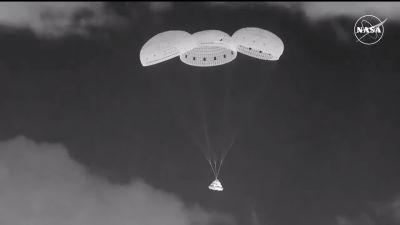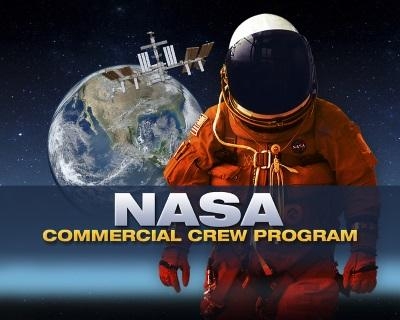Tue, Sep 10, 2024
Uncrewed Spacecraft Completes Successful Landing
On September 6, the Boeing Starliner completed a successful uncrewed landing at White Sands Space Harbor in New Mexico. This concluded its accidental 3-month stay on the International Space Station.

“I am extremely proud of the work our collective team put into this entire flight test, and we are pleased to see Starliner’s safe return,” commented Ken Bowersox, associate administrator of Space Operations Mission Directorate at NASA HQ.
The Starliner launched its first crewed mission on June 5 for what was supposed to be an eight-day stay. Due to helium leaks and issues with the control thrusters, its trip was extended and NASA was forced to transfer the crew to an upcoming SpaceX mission. The spacecraft has completed two successful uncrewed missions before this.
The spacecraft touched down at 10:01 pm local time. Reports indicated that while the landing was ultimately successful, the Starliner encountered some issues during the descent. These included minor turbulence and a slightly shaky touchdown, leading to some initial concerns. The spacecraft was recovered without major incident and will now ship out to NASA’s Kennedy Space Center in Florida for further inspection and processing.
“Even though it was necessary to return the spacecraft uncrewed, NASA and Boeing learned an incredible amount about Starliner in the most extreme environment possible,” Bowersox continued. “NASA looks forward to our continued work with the Boeing team to proceed toward certification of Starliner for crew rotation missions to the space station."

The mission was a part of NASA’s Commercial Crew Program. This allows private companies to launch test flights and establish themselves as an alternative to purely government-run space missions. Boeing’s Starliner spacecraft, despite having to ditch its crew on the ISS, has provided substantial data to prepare the company for future missions in the program.
Starliner’s crew will continue research operations on the ISS until they can return home in February 2025.
More News
Its Offerings Are Lighter, Cleaner, and Now Pushing Past 1,000nm on SAF Jet Fuel DeltaHawk’s diesel-powered aircraft lineup has seen incredible upgrades over the last few yea>[...]
The Airplane Experienced A Total Loss Of Engine Power On December 3, 2025, about 1600 central standard time, a Mooney Aircraft Corp. M20K, N57229, was substantially damaged when it>[...]
Make Sure You NEVER Miss A New Story From Aero-News Network Do you ever feel like you never see posts from a certain person or page on Facebook or Instagram? Here’s how you c>[...]
Aero Linx: European Society of Aerospace Medicine (ESAM) As a pan-European, independent forum, it works to promote the safety and health of all persons involved in aviation and spa>[...]
“We are excited to see Wisk achieve this milestone, and I’m so proud of the team that made it possible. The team at Wisk has built advanced technologies across flight c>[...]
 Aero-TV: DeltaHawks Diesel Power Steps Into the Spotlight
Aero-TV: DeltaHawks Diesel Power Steps Into the Spotlight NTSB Prelim: Mooney Aircraft Corp. M20K
NTSB Prelim: Mooney Aircraft Corp. M20K ANN FAQ: Turn On Post Notifications
ANN FAQ: Turn On Post Notifications ANN's Daily Aero-Linx (12.20.25)
ANN's Daily Aero-Linx (12.20.25) Aero-News: Quote of the Day (12.20.25)
Aero-News: Quote of the Day (12.20.25)




